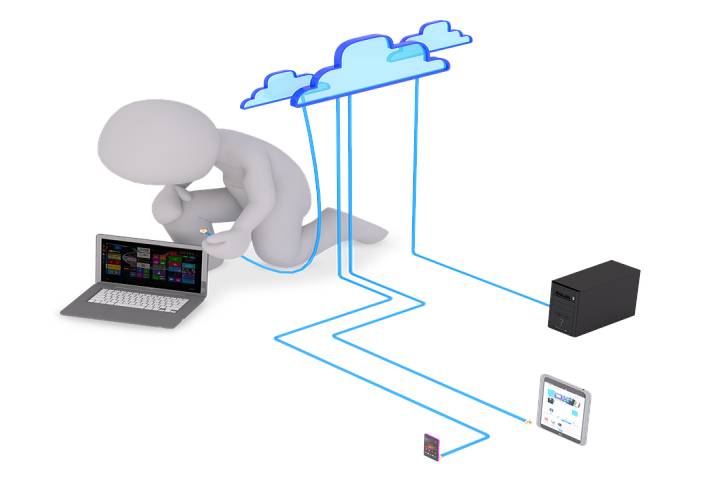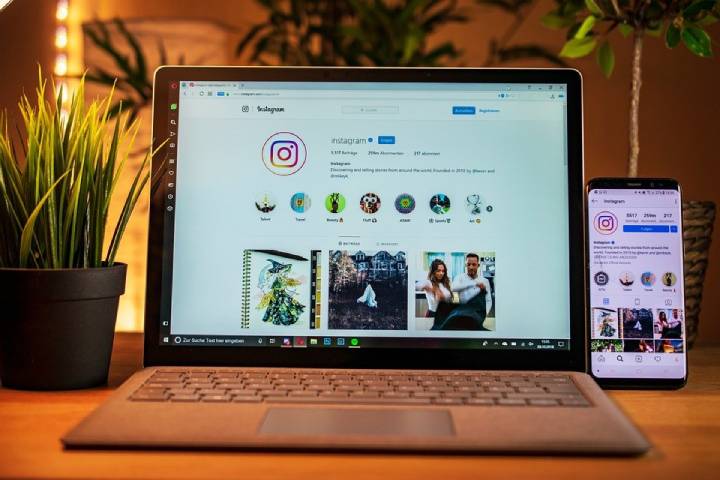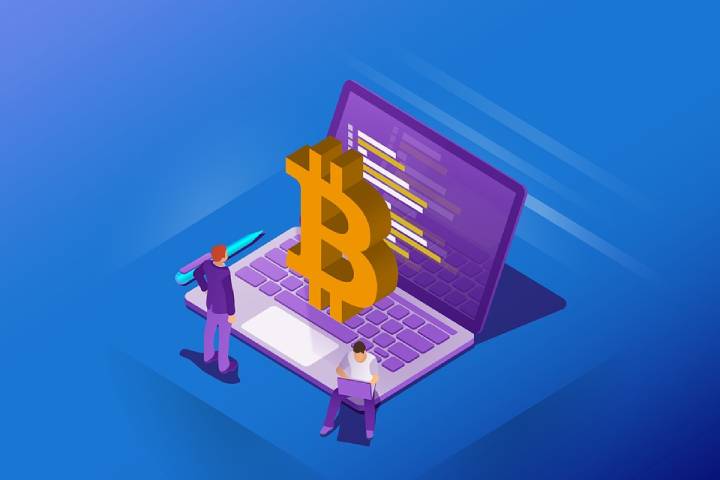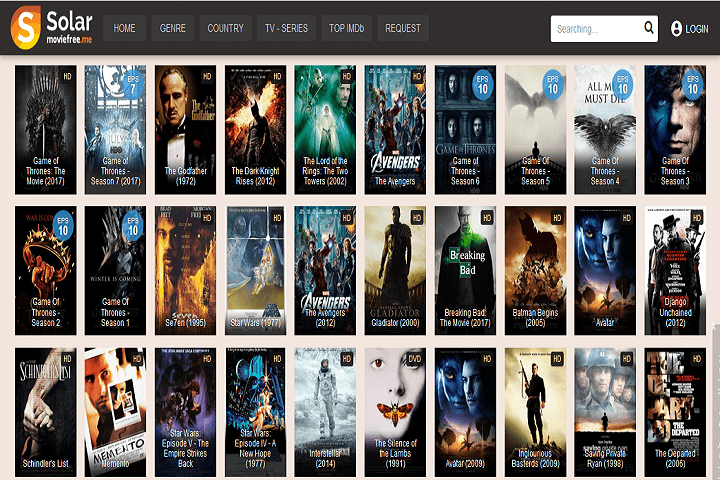Computer Network
What is Wifi VoIP Technology? Why are you need to Spot A Wireless Hotspot?
Wifi is the cure for the messy wired world, VoIP or Voice over Internet Protocol is the cost-saving routing of voice over the Internet.

Table of Contents
1. What is Wifi VoIP Technology?
Wifi or wireless fidelity is the cure for the messy wired world we see every day in our office. Whatever we do, we always get tangled in the web of wires connecting one office equipment to another, such as computer desktops, printers, file drivers, DVD writers, and burners.
A typical Wifi network includes an Internet connection and a router device to manage and route access to this Internet connection. In this case, the router is Wifi-capable such that any Wifi device can wirelessly connect to the Internet within the area of about 200 feet or so of the radius.

This area is called a wireless hotspot. You could have heard of wireless hotspots in coffee shops or novelty stores. You pay for Wifi access to be able to use your Wifi-enabled laptop or Wifi phone at any point within the establishment. Wifi technology has many applications, such as peer-to-peer network connection, Internet access, gaming, and Voice over the Internet Protocol or VoIP. We suggest you use only the trusted provider for VoIP, and you can try to use virtual phone number Hottelecom.
2. Wifi VoIP And Other Technologies
VoIP technology or Voice over the Internet Protocol is the cost-saving routing of voice over the Internet. The conventional path through landline circuits was possible using a router device and VoIP application installed on the computer. This VoIP connection is prolonged and is prone to voice delay, jitters, and interference. Because of this, the previous VoIP service was not that popular with subscribers.
When wireless fidelity boomed, another option for VoIP connections appeared, which was called VoWifi or Voice over Wifi. As with other VoIP technologies, VoWifi uses virtual connections over licensed wireless frequencies. The Wifi standard operates from 2 to 5 MHz of the spectrum, with data rates fast enough to make VoWifi competitive in the market. Modifications on the wireless standard also led to the broader range of Wifi reach, resulting in more extensive coverage of Wifi VoIP services.
Aside from this Wifi access, VoIP is also possible through the legacy 3G networks, such as UMTS and EV-DO technologies, since 3G is riding on General Packet Radio Service or GPRS. GPRS is the technology that connected the average mobile phone to the Internet. It was the cause for mobile operators to start offering Value Added Services or VAS, such as Multimedia Services or MMS and Internet browsing on top of the usual voice and text messaging services.
3. Getting High On Wifi VoIP
Wifi VoIP uses the wireless frequency to complete VoIP calls. As with other VoIP technologies, Wifi VoIP is cheaper, and it maximizes the use of the wireless frequency resource. Not only does it result in a wireless environment, but it also provides an alternative option to the subscriber that results in a further decrease in service charges.
Wifi VoIP has number portability, while VoIP over 3G networks has none currently. Number portability is the capability of subscribers to retain their contact numbers at any point in the world. Using Wifi VoIP, subscribers can do this. For example, the VoIP provider, Skype, assigns an Internet number to its subscribers, and since the Internet is in virtual space, a subscriber can access Skype anywhere in the world and can still make the calls.
Wifi VoIP is also faster in connection than VoIP over 3G networks. This is because Wifi technology is directly connected to the Internet while in a 3G network, a subscriber making a VoIP call must pass through the mobile network elements, such as the cellular base stations and subsystems, before finally connecting to the Internet.
There have been efforts to bring unity to both the Wifi and 3G networks. Mobile phone manufacturers have introduced dual-mode mobile handsets that aim to provide the subscriber with the maximum convenience. The subscriber can automatically transfer from one system to the other, an effective handover from Wifi to 3G and vice versa. Mobile phones such as the Nokia E60 and NEC N900iL were one of the first dual-mode phones.
4. The Need to Spot A Wireless Hotspot
Making a Wifi VoIP call is simple; go within the radar of a wireless hotspot. Hotspots are found within coffee shops, restaurants, train and bus stations, fuel stations, and even libraries.
In fact, in places where people are usually present, you will be able to find hotspots there. Wifi access for an Internet connection can be purchased using cash, credit, or debit card. There are many providers of this service, such as MyHotZone, Nomadix, SurfAndSip, and other such providers. For every Wifi VoIP call, the subscriber is charged accordingly by a VoIP provider, such as Skype, which means that access charge for voice is different from the access charge for Internet access. There are Wifi phones in the market that are locked with Skype.
Is there free Wifi access? Yes, some hotels provide free Wifi services to their guests. There are other means to have free Wifi, but doing so will open the Wifi access to unauthorized users. There is a management system for hotspots in closed public networks wherein Wifi operators can provide free access in replace of paid advertisements.
4. Wifi VoIP In The Future
Wifi is a booming technology alongside with the current 3G technologies being implemented worldwide. Initially, Wifi was performed with laptop users in mind. However, improvements and advancements in technology are transforming it into a fierce competitor to beat by 3G technologies in carrying out voice services.
Technology-wise, the Wifi phone is more advanced in VoIP, but the legacy 3G networks offer more than just voice service. However, the fact that mobile phone manufacturers are making dual-mode phones means that 3G VoIP is lagging behind Wifi VoIP. The need of the market for VoIP influences the entry of dual-mode phones.
Presently, there are plans underway to convert several cities such as Philadelphia into a large mesh of wireless network using Wifi technology. In this case, charging for Wifi access will be in the form of a subscription. At any point within the city, you can readily use your Wifi-enabled laptop or Wifi phone without much of a problem. If the project pushes through, the subscriber will be able to make active VoIP calls via Wifi on every turn at a street corner.
Computer Network
MVPD vs. vMVPD: Decoding the Distinctions in Video Content Distribution
They both offer television programming distribution services, but there are multiple distinctions between them. Let’s begin by defining both and then looking at MVPD vs vMVPD regarding their advantages.

MVPD stands for “Multichannel Video Programming Distributor,” while vMVPD stands for “Virtual Multichannel Video Programming Distributor.” They both offer television programming distribution services, but there are multiple distinctions between them. Let’s begin by defining both and then looking at MVPD vs vMVPD regarding their advantages.
Table of Contents
1. MVPD
MVPD is a traditional cable or satellite television provider that delivers television programming to subscribers. These providers typically offer channels and services provided through physical infrastructure, such as coaxial cables or satellite dishes. MVPDs have established networks that transmit television signals to subscribers’ homes.
2. vMVPD
vMVPD, also known as an OTT (Over-the-Top) service or streaming TV service, is a service that delivers live and on-demand television programming over the Internet. vMVPDs utilize internet-based streaming technology to transmit TV channels and content to subscribers, eliminating the need for traditional cable or satellite infrastructure.
3. Advantages of MVPD
MVPD has several advantages that make it a preferred choice for many individuals. Here are some of the benefits of MVPD:
Extensive Channel Selection
MVPDs typically offer a wide range of channels, including local broadcast networks, cable channels, premium channels, sports networks, and specialty channels. They often provide comprehensive channel lineups with various packages and tiers. This allows subscribers to access diverse content, catering to different interests and preferences.
Established Infrastructure
MVPDs have well-established cable or satellite infrastructure, ensuring reliable signal transmission and wide coverage areas. They have built networks that deliver television programming to subscribers’ homes with high-quality audio and video.
Premium Features and Services
MVPDs often offer additional services and features to enhance the viewing experience. This can include access to video-on-demand libraries, pay-per-view events, sports packages, and digital video recording (DVR) functionality. These features allow subscribers to watch their chosen content on their schedule and access exclusive content.
Live Sports and Events
MVPDs often provide comprehensive sports coverage, including access to regional and national sports networks. They may offer packages dedicated to sports programming, allowing fans to watch live games, matches, and special events. This is particularly advantageous for sports enthusiasts who want access to a wide range of sports content.
Local Channel Availability
MVPDs generally ensure access to local broadcast networks, allowing subscribers to watch local news, weather updates, and other local programming. This benefits individuals who want to stay informed about regional events and local content.

Bundling Options
MVPDs may offer bundle options, allowing subscribers to combine television services with other services such as internet access and home phone services. This can provide convenience and potential cost savings through bundling multiple services from a single provider.
Reliability
MVPDs typically have dedicated infrastructure and robust systems, ensuring the reliable transmission of television signals. They have a history of delivering consistent service quality to subscribers.
4. Advantages of vMVPD
vMVPD offers several advantages contributing to its popularity and appeal. Here are some benefits of vMVPD:
Flexibility in Channel Selection
vMVPDs often provide more flexibility than traditional MVPDs regarding channel selection. Subscribers can typically choose from various channel packages or customize their channel lineup to some extent. This allows individuals to personalize their viewing experience and access the channels they prefer without paying for ones they don’t need.
Cost-Effectiveness
vMVPDs generally offer more affordable options compared to traditional MVPDs. They often have lower starting prices, and no equipment rental fees are typically involved. This can save costs, especially for individuals looking to reduce their monthly entertainment expenses.
Accessibility and Convenience
vMVPDs can be accessed on various connected devices. Subscribers can watch their favorite content on streaming media players, smart TVs, computers, tablets, or mobile devices. This allows for greater flexibility and convenience, enabling users to enjoy their favorite shows and movies on the go or in different rooms of their homes.
On-Demand Content and Libraries
Many vMVPDs offer on-demand content libraries, allowing subscribers to access a vast selection of movies, TV shows, and other video content whenever they want. This allows watching content at their convenience rather than being restricted to scheduled programming.
No Contracts and Flexibility
vMVPDs often offer month-to-month subscriptions without long-term contracts. This allows subscribers to cancel or change their subscription plans as needed without incurring significant penalties. It will enable users to try different services and adapt their viewing preferences based on their evolving needs.
Broad Availability
vMVPDs are not limited by physical infrastructure and can be accessed in broader regions as long as reliable internet connectivity is available. This makes them accessible to a larger population, including those who may not have access to traditional cable or satellite TV providers in their area.
It’s important to note that the advantages of vMVPDs & MVPDs may vary depending on the specific provider and their packages. Researching and comparing offerings from different vMVPD & MVPD providers is recommended to find the one that best aligns with your preferences, budget, and viewing habits.
-

 Instagram2 years ago
Instagram2 years agoBuy IG likes and buy organic Instagram followers: where to buy them and how?
-

 Instagram2 years ago
Instagram2 years ago100% Genuine Instagram Followers & Likes with Guaranteed Tool
-

 Business4 years ago
Business4 years ago7 Must Have Digital Marketing Tools For Your Small Businesses
-

 Instagram3 years ago
Instagram3 years agoInstagram Followers And Likes – Online Social Media Platform

















